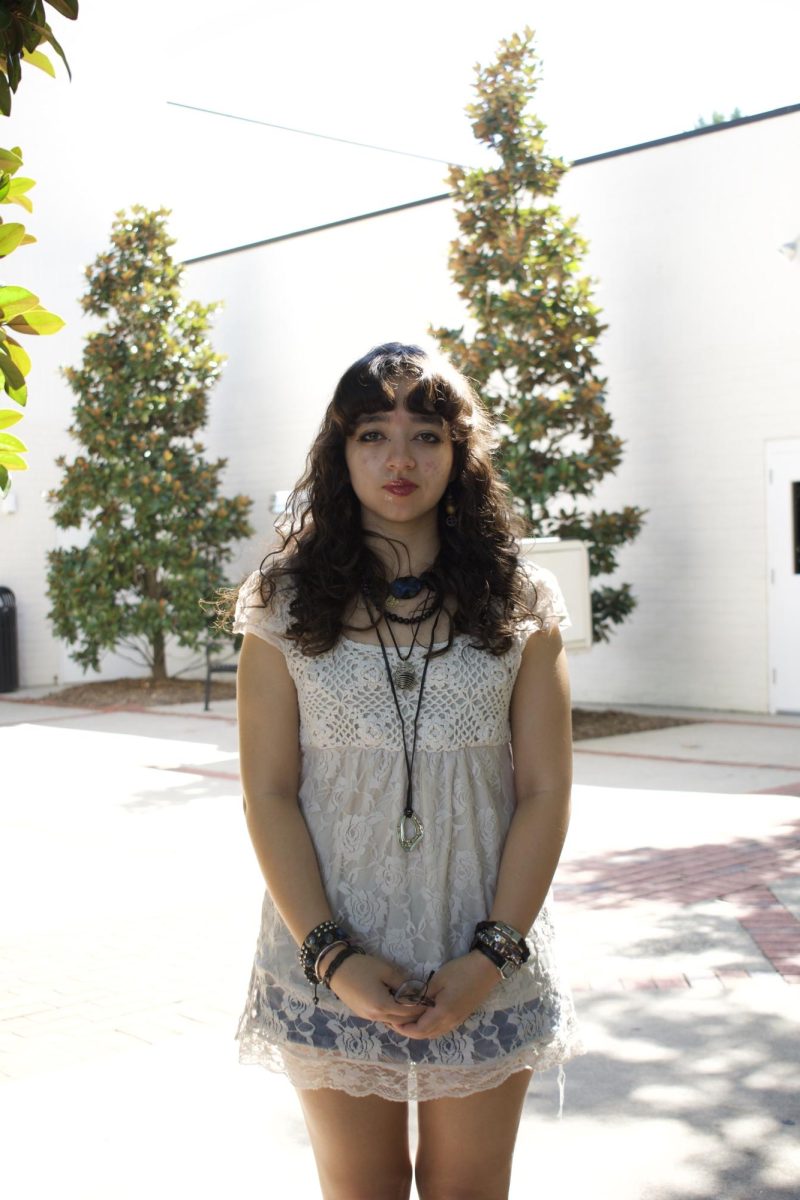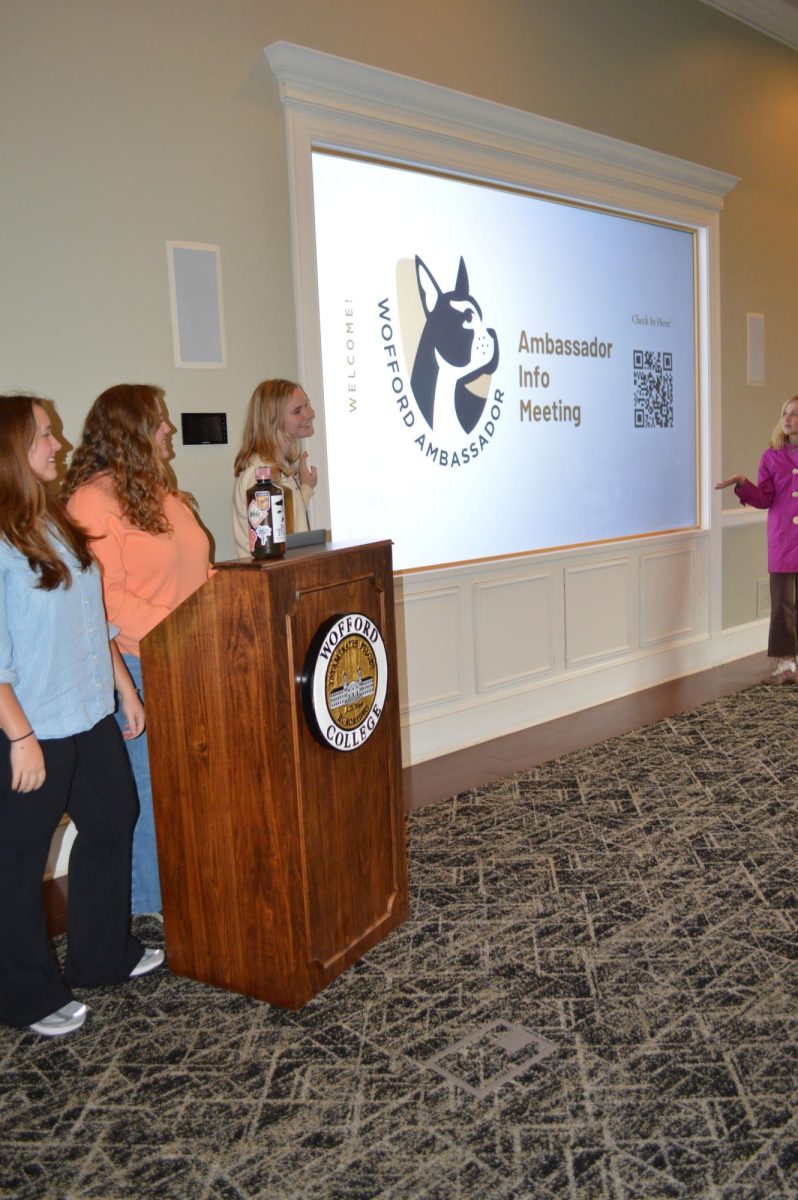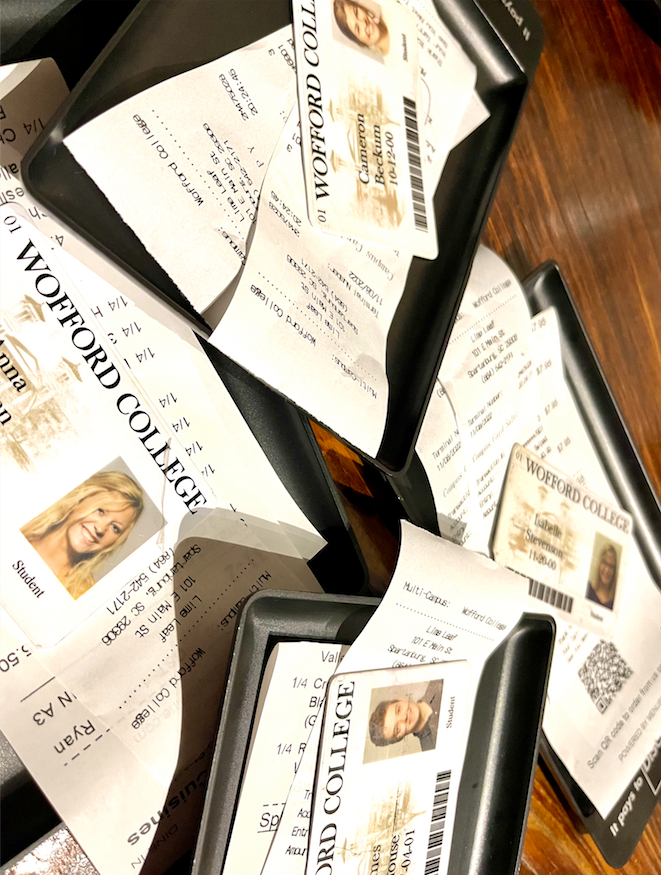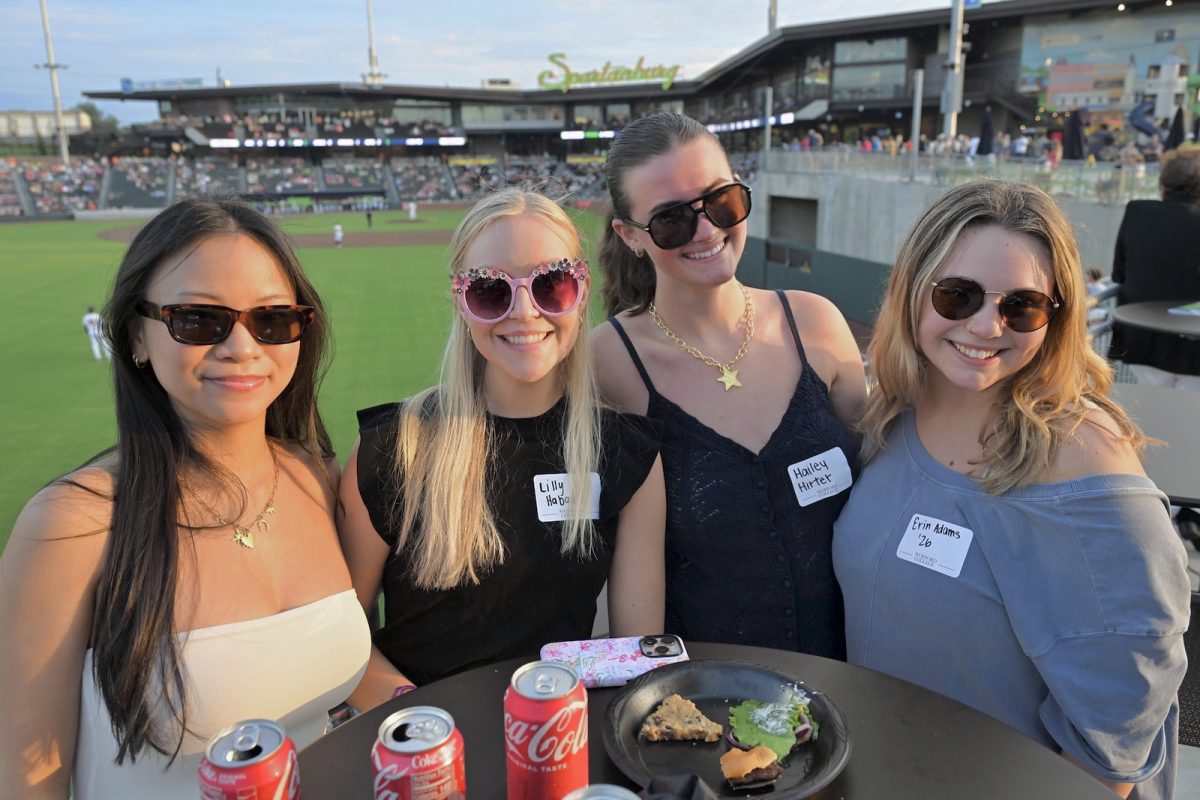Students reflect on interfaith experience in Washington, D.C.
Nine students make up College Chaplain Ron Robinson and Dr. Trina Jones’ “Interfaith Engagement and Religious Pluralism” course being taught this semester. They represent a religiously diverse group of students who share a common goal outlined in the course syllabus of “facilitating civically-engaged learning” and “helping students learn how to engage meaningfully and productively with difference.”
The class is currently studying Comparative Theology: Deep Learning Across Religious Borders, a book by theologian Francis Xavier Clooney. The book lays out a history and discussion of terms, which are then elaborated upon in the classroom, where Robinson and Jones encourage students to bring up points which they have questions about or find interesting. During a recent class discussion, students commented on the challenges involved in talking about religious diversity and on how individuals should view the immense variety of faith practices as inviting rather than intimidating to learn about.
However, while class discussion is a good starting point and allows students to unpack and formulate thoughts, the true test of the course’s namesake, “Interfaith Engagement,” lies in just that: engagement.
As such, Robinson, Jones and six of the nine students participated in an immersive interfaith experience trip in Washington, D.C. during the weekend of Oct. 12-14 as an alternative Fall Break. Sophomore Eleni Ouzts said that the trip “took us through the three main Abrahamic religions [Judaism, Christianity and Islam],” beginning with a visit to the United Methodist Building on Capitol Hill.
The group learned that the United Methodist Building is “strategically positioned across from the Supreme Court because they like to have a religious stance on what’s going on in the country,” Ouzts said. Senior Adrian Rentz, another student who attended the trip, added “They are big on social justice issues and because of the beliefs they hold in their faith, they actively take part in efforts to stand for the social issues that they believe in.”
The group then visited the Capitol, where they got to experience Muslims working in the government practicing the Friday Jumma prayer. Rentz said of this experience, “This was a really neat opportunity to see how religious freedom is respected in government and how faith communities develop even in the workplace.” Senior Mahnoor Haq said she enjoyed experiencing this example of religion and the workplace with her classmates; she said, “I was able to inform them of my faith in a way that made me really proud of it.”
The group also visited the United Nations Building that day and met with Anna Mahalak, who Rentz said “talked about how the UN uses service as the central point of connection with other people and connected this to interreligious engagement, where service can function as the fulcrum around which our religious affiliations can revolve and positively interact.” Ouzts’ takeaway from their visit to the UNB was that “global problems always have religion involved in them.”
On Saturday, the group took a tour of the Holocaust Museum led by Dr. Victoria Barnett, the director of the Museum’s Programs on Ethics, Religion and the Holocaust. Rentz said of this sobering experience, “The museum was a really powerful, sobering aspect of our trip, reminding us of the horrors of religious violence, bigotry and outright hatred. The time we spent in the museum reminded me of how important interfaith work is and why it is so important not to simply know and tolerate our neighbor, but to accept and understand them.” At the end of the tour, Ouzts said, there was “a neutral religious space where you can light a candle, sit in silence and pray for people; after you digest everything in the museum, you can sit there and have a spiritual moment.”
A more lighthearted but equally as engaging activity during the trip was an impromptu viewing of a Muslim hip-hop performance Saturday evening. Rentz described this portion of the trip as follows: “The performance wasn’t scheduled into our trip, Dr. Jones just happened to come across the event online during the day, and it was honestly one of my favorite parts of the trip. There were six or 7 dancers performing who, afterwards, sat down for a discussion panel and talked about their faith and how dance has played a big part in it. It was really incredible to hear these six or seven Muslims so proudly and energetically share what their faith meant to them.
Rentz continued, “I learned so much more about how their faith played an active role in their lives and their art from their discussion after the show than I could have ever learned in a textbook. That is why interfaith work is so important to me: once you put a name and a face to a religion, it is no longer abstract and “other,” they become someone you know and care for.”
Sunday morning, before heading back to Wofford, the group attended a service at the National Cathedral, a service in which Ouzts said she felt a “heavy spiritual presence.”
Of the course and its implications within the D.C. trip, Haq said, “Before this class, I saw myself as someone who knew about other faiths…but before this class I never knew about the word pluralism,” which she defined as more than tolerance, but accepting and appreciating a diverse spread of religions and faiths.
Caption: Students from the course who attended the D.C. trip stand with Rev. Dr. Susan Henry-Crowe, Wofford graduate who works at the United Methodist Building.






























